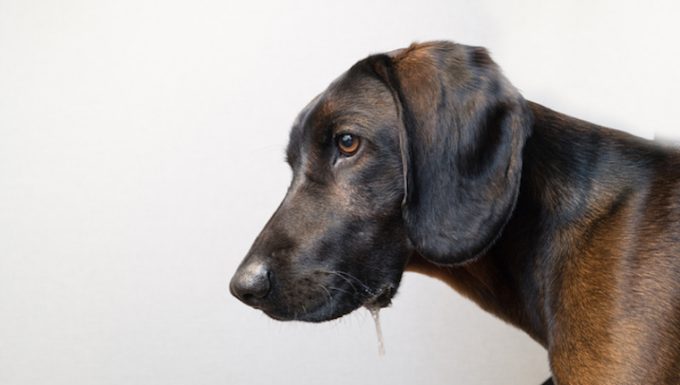Excessive production of saliva in dogs happens when the salivary glands create more saliva than a dog can swallow. The condition can be a sign of rabies.
Additionally, a lot of cases are caused by another underlying condition.
Technically, the condition is also known as ptyalism.
All dogs can suffer from the problem. But certain breeds including Australian Cattle…









